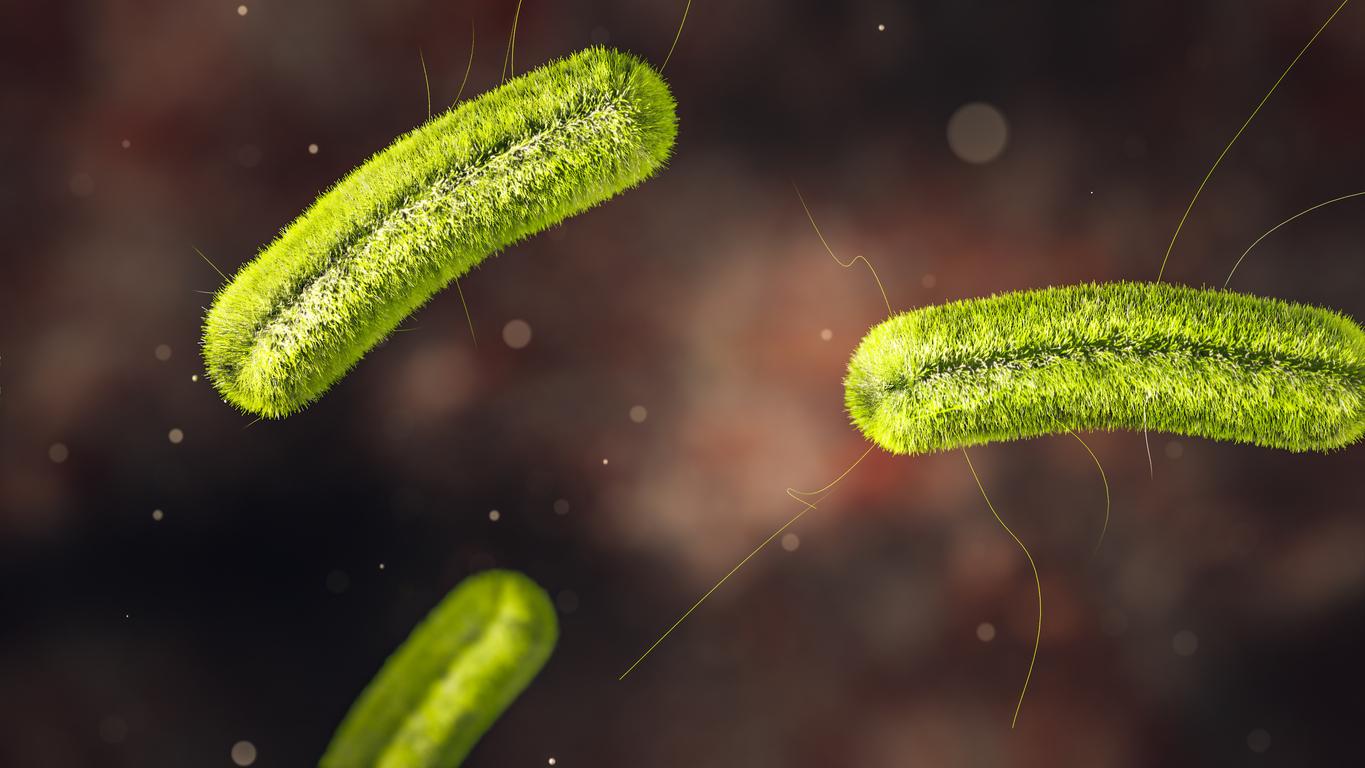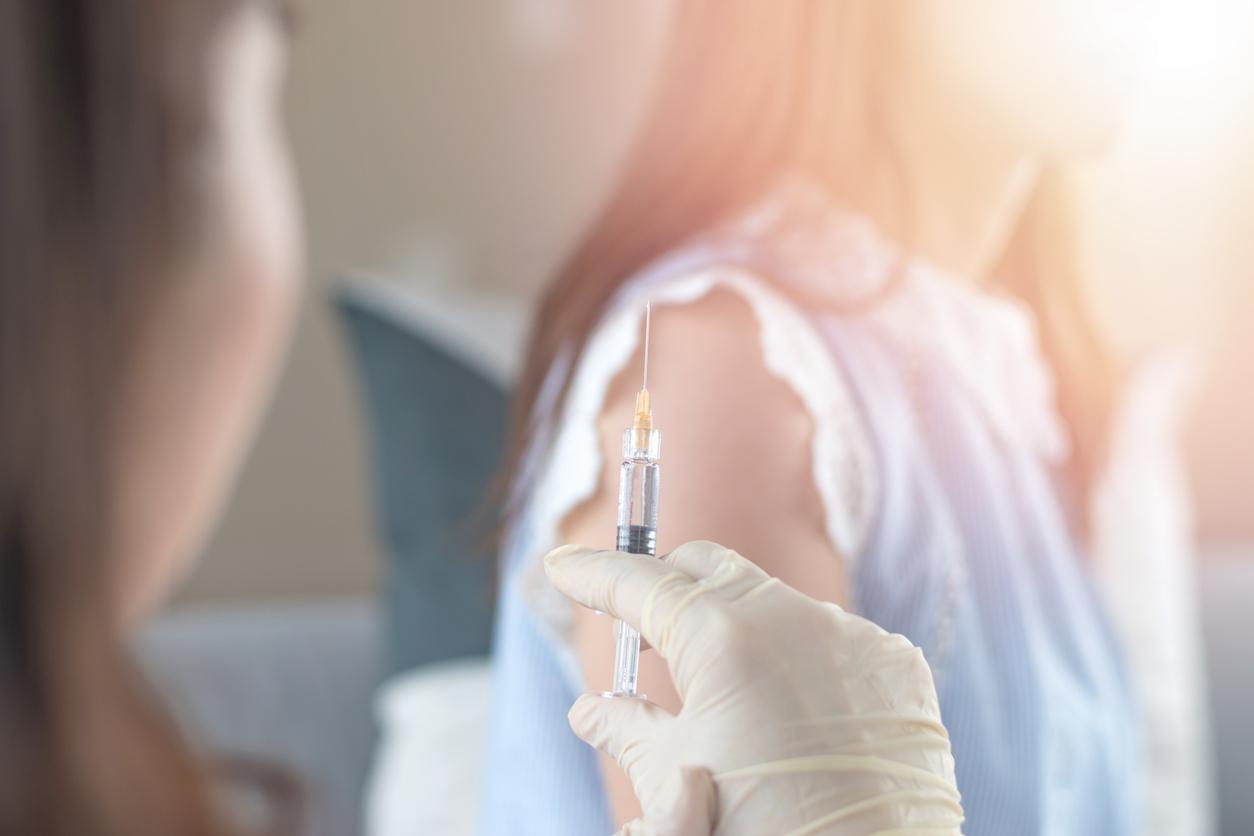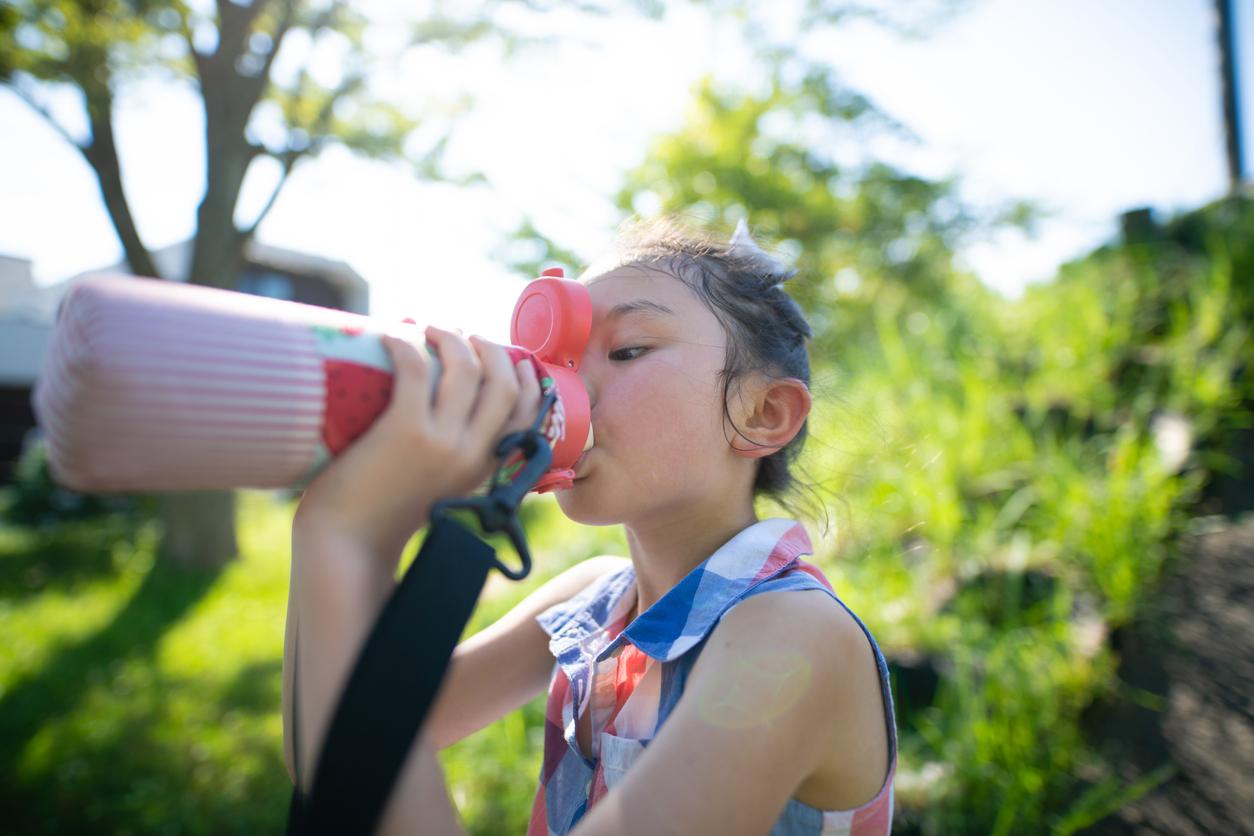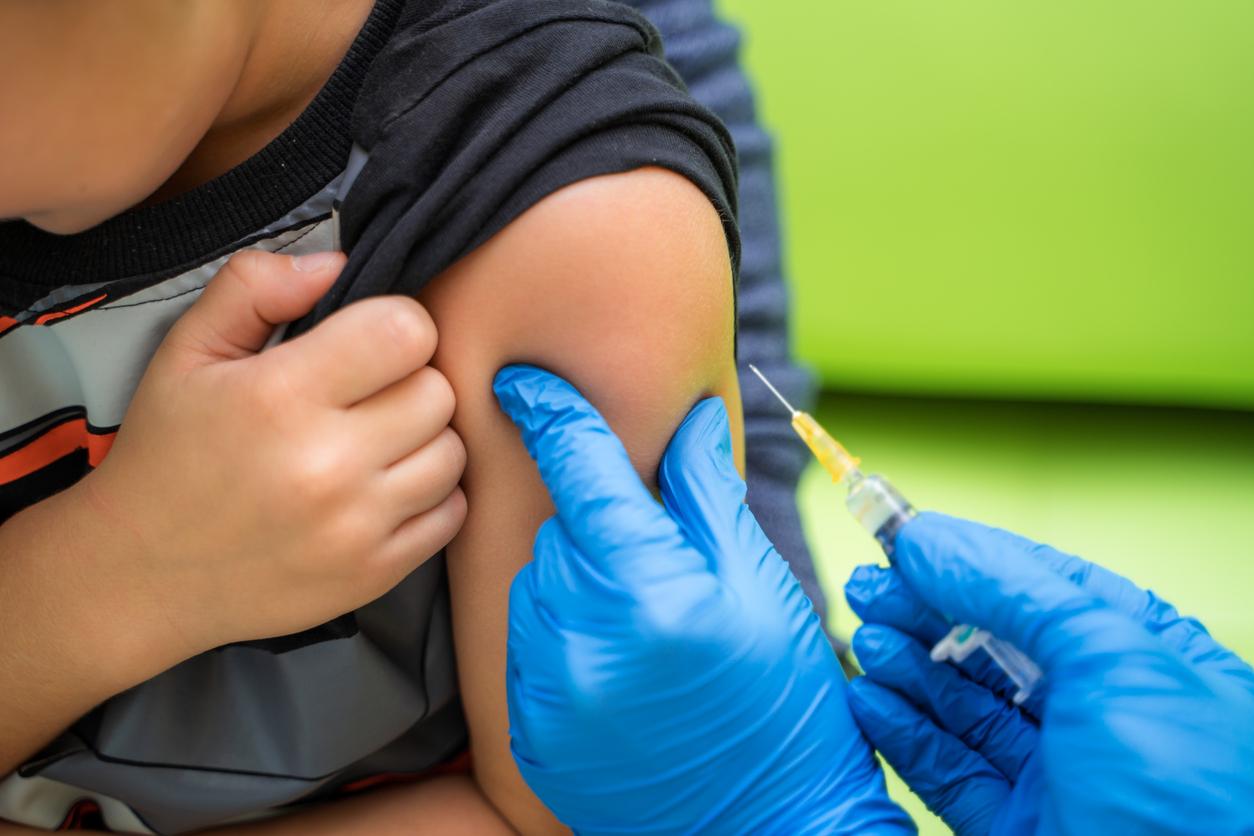A new type of vaccine could one day make it possible to no longer have to inject booster doses. Explanations.

- A new form of vaccine could make it possible to do without boosters.
- It could also make it possible to vaccinate infants and people suffering from immune disorders.
- These new types of injections are based on “RNAi”.
A scientific breakthrough in the field of vaccines could soon make it possible to do without boosters.
Vaccine without booster: a new technique based on “RNAi”
This new type of vaccine uses a live, attenuated version of the viruses. Many existing vaccines, such as the MMR vaccine and the chickenpox vaccine, use a similar method. However, unlike these, future injections will not rely on the body’s immune system reacting to the injected virus. Instead, they will activate a system called “RNA interference”, Or “RNAi”.
“Viruses can mutate in regions that are not targeted by traditional vaccines. With our new technique, we target their entire genome with thousands of small RNAs. So they cannot escape it,” explains the researcher behind this advance Shouwei Ding, professor of microbiology.
Vaccine without booster: infants could be affected
The new vaccination technique also has another major advantage. As it does not rely on a traditional B and T cell immune response, it could potentially be used in very young babies or in people with immune disorders who cannot normally receive live vaccines.
To test this, researchers created a vaccine against a mouse virus called Nodamura. They gave a single injection to mice that had been genetically modified to eliminate their B and T immune cells. This injection was enough to protect them against Nodamura virus infection for at least three months, which is quite a long time if The lifespan of a mouse is considered to be between two and three years.
The vaccine worked even in newborn mice, because they can already produce small RNAs.
Which diseases are targeted by the vaccine without a booster?
“Our next step will be to use this same concept to produce a flu vaccine, so that infants can be protected. If we succeed, they will no longer have to rely on antibodies from their mothers,” develops Shouwei Ding.
“There are several well-known human pathogens: dengue, SARS and COVID. They all have similar viral functions. This method should be applicable to these viruses,” he concludes.
The study which details these scientific advances is published in the journal Proceedings of the National Academy of Sciences.
Finally, note that the idea that RNAi could be part of human defense against viral infections has given rise to numerous controversies, but this has not prevented a certain number of scientists from beginning research on these therapies over the past ten years.

















